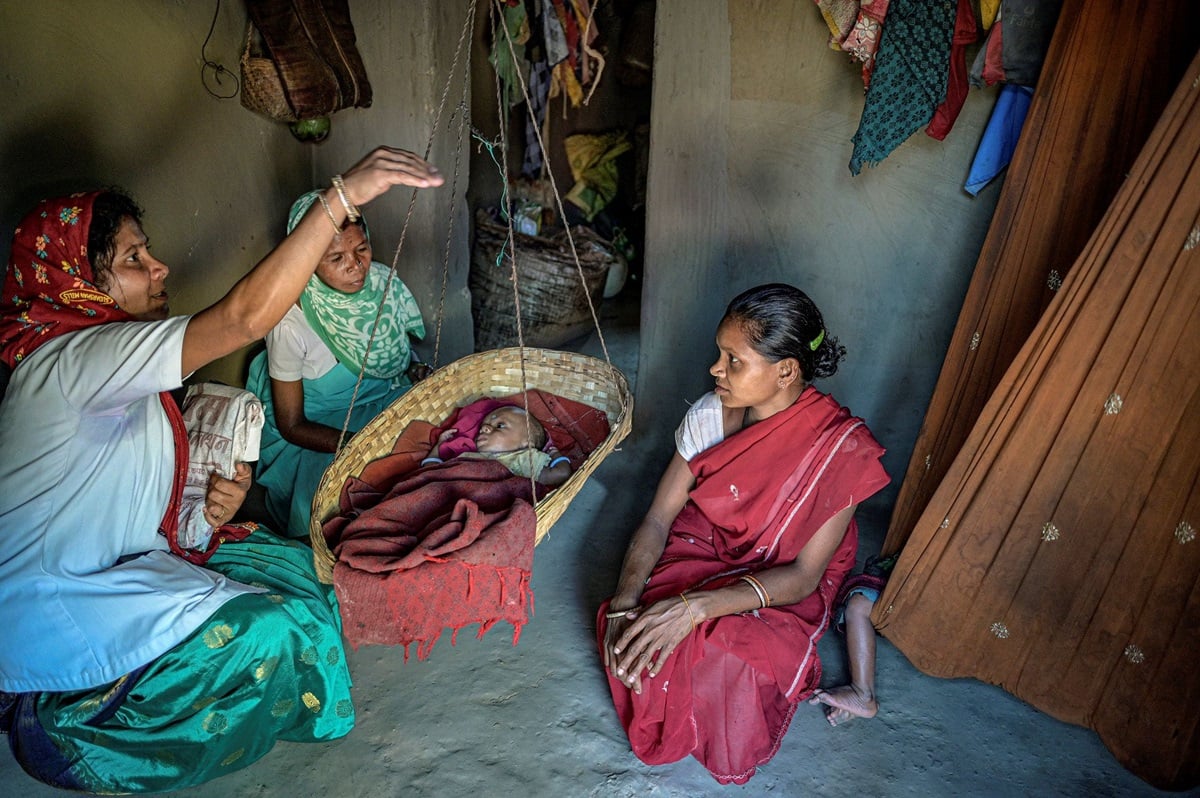UN Sounds Alarm: Hard-Won Child Health Gains Hanging in the Balance

In a promising sign of global health progress, child mortality rates have shown significant improvement, with the number of children dying before reaching their fifth birthday dropping to 4.8 million in 2023. The latest reports from the United Nations Inter-agency Group for Child Mortality Estimation (UN IGME) reveal a hopeful trend in child survival worldwide.
While the decline in child deaths marks a notable achievement, the reports also highlight an area of ongoing concern: stillbirths. Despite modest improvements, the global number of stillbirths remains stubbornly high at approximately 1.9 million annually. This statistic underscores the continued need for enhanced maternal and prenatal healthcare services across the globe.
These findings not only reflect advancements in global healthcare and child survival strategies but also serve as a critical reminder of the ongoing work needed to protect the most vulnerable populations. The gradual but steady reduction in child mortality offers hope for continued progress in global health initiatives.
